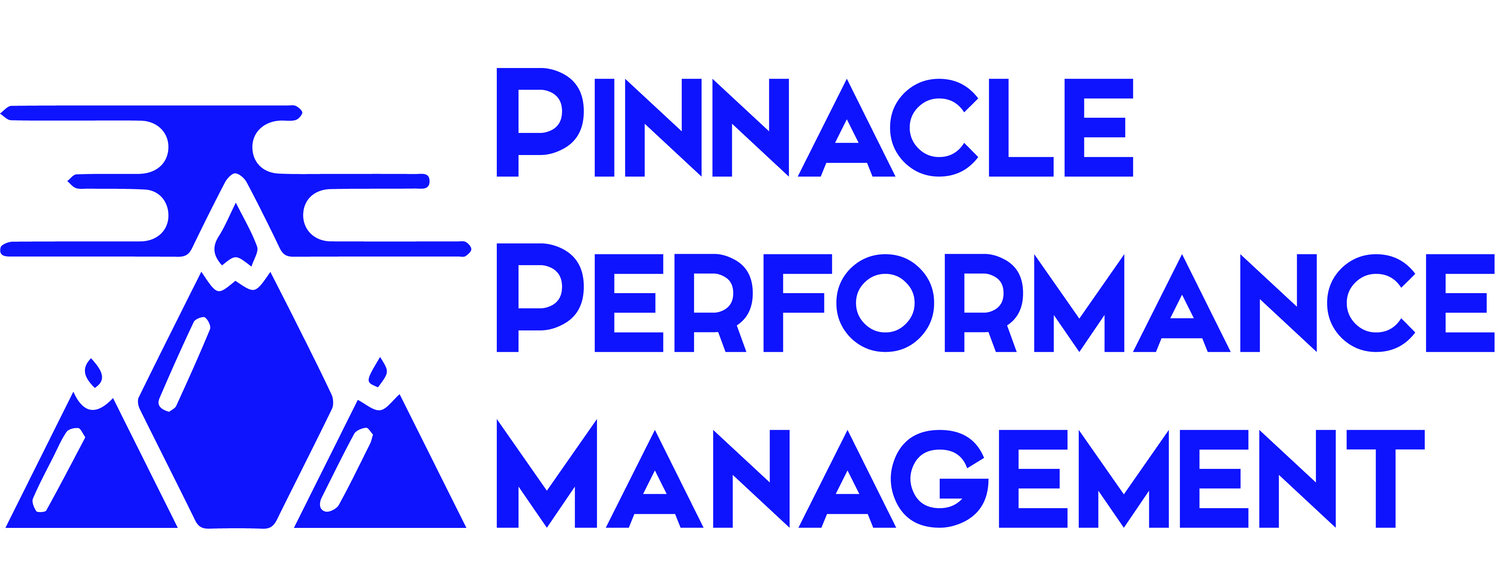There's Something Happening Here...
On Monday I appeared on CNBC's Squawk Box to address the impacts and response to Hurricane Irma, and Joe Kernen, one of the show's anchors, asked me whether this series of hurricanes was attributable to Chaos Theory (sometimes referred to as the Butterfly Effect) or a similar situation as with 2004/2005 with increased hurricane activity, just an anomaly . This is a difficult question to answer, but it brings to mind a quote from the Buffalo Springfield Song "Stop Children What's That Sound":
There's something happening here, what it is ain't exactly clear..."
Being in the middle of emerging phenomena makes it challenging at best to understand what is happening. What we do know is that what we commonly refer to as climate change is having a destabilizing effect on weather patterns and consequent impacts on our environment. Human settlement and consumption is exacerbating this, not only in the green house gases that are emitted, but in the ways in which we interact with our environment. Here are just a few examples:
an extended wildfire season, moving from 5 months in the 1970s to 7 months now; increased temperatures are causing severe drought, melting mountain snow packs earlier and leaving more areas exposed to burning.
increasing ocean water temperatures leads to greater evaporation and conditions that spawn and sustain larger storms (hurricanes/typhoons), monsoons, rain storms, microbursts, etc; this is true not only in the Western hemisphere but also in the Eastern hemisphere- witness the massive flooding in South Asia, displacing many millions of inhabitants. Similar flooding has been impacting the US: the Mississippi River and Tennessee Valley in the past decade, just to name a few.
further to this, increasing ocean temperatures are disrupting ecosystems, reducing ocean plant and animal life; corals are disappearing at an alarming rate and house numerous coastal fish populations.
season creep, wherein plants bloom earlier causing some species to come out earlier, leaves other species unable to compensate (what might be called a "late to dinner" effect). This has led to some animal populations beginning to collapse: migratory birds, insects, deer.
increasing development and hardscaping along river fronts and coastal areas have reduced natural watersheds and increased the extent and severity of flooding levels. As a clear example of this, Florida once was all wetlands, a giant peninsula of marshes, swamp, and grasslands, with a healthy ecosystem. We know the story; the swamp was dredged, water management put in place, and what we know as the Sun and Gold coasts, filled with resort communities, retirement homes and buildings, golf courses, etc. grew exponentially. But Mother Nature has a way of taking back what is rightfully her's; a bit of irony here, when I tried to find an article or illustration of Florida before development I received the following message (from) "The Florida Museum of Natural History website is currently offline due to impacts from Hurricane Irma".
a similar trend is happening in the forested and mountain areas of the USA; housing developments are pushing further into forested areas, increasing their risk exposures to wildfires. While the doctrine of fire suppression by the US Fire Service was called into question and the FLAME Act was designed to address the shortage in resources in battling wildfires, we still see development unabated in Western US states.
So where does this leave us and how do we manage this? Stay tuned as I will elaborate on this a little further. Until then, please let me know your thoughts. Also, if you are interested. Tune in to my podcast Dancing With the Black Elephant on the topic of Enterprise Risk Management.
